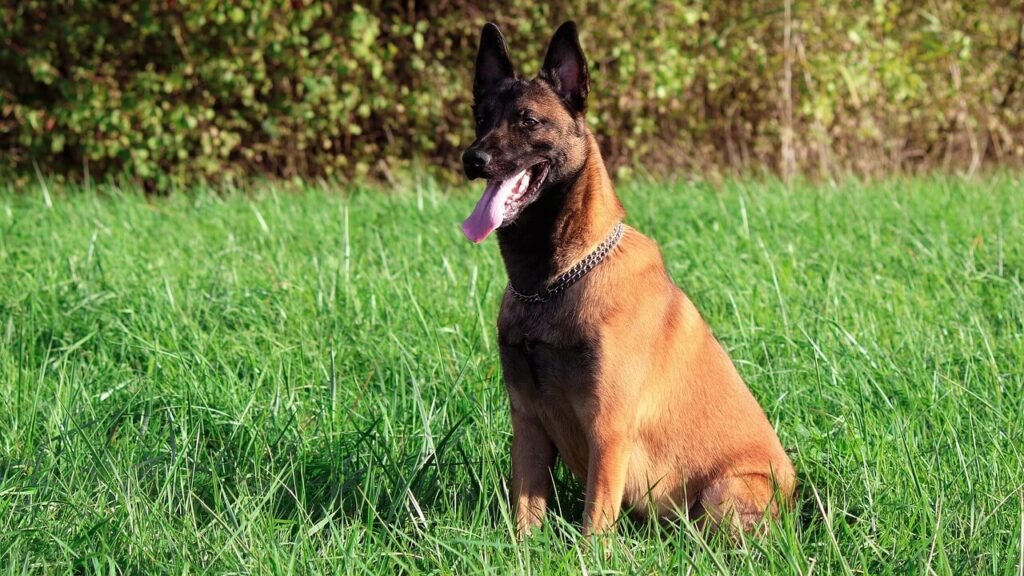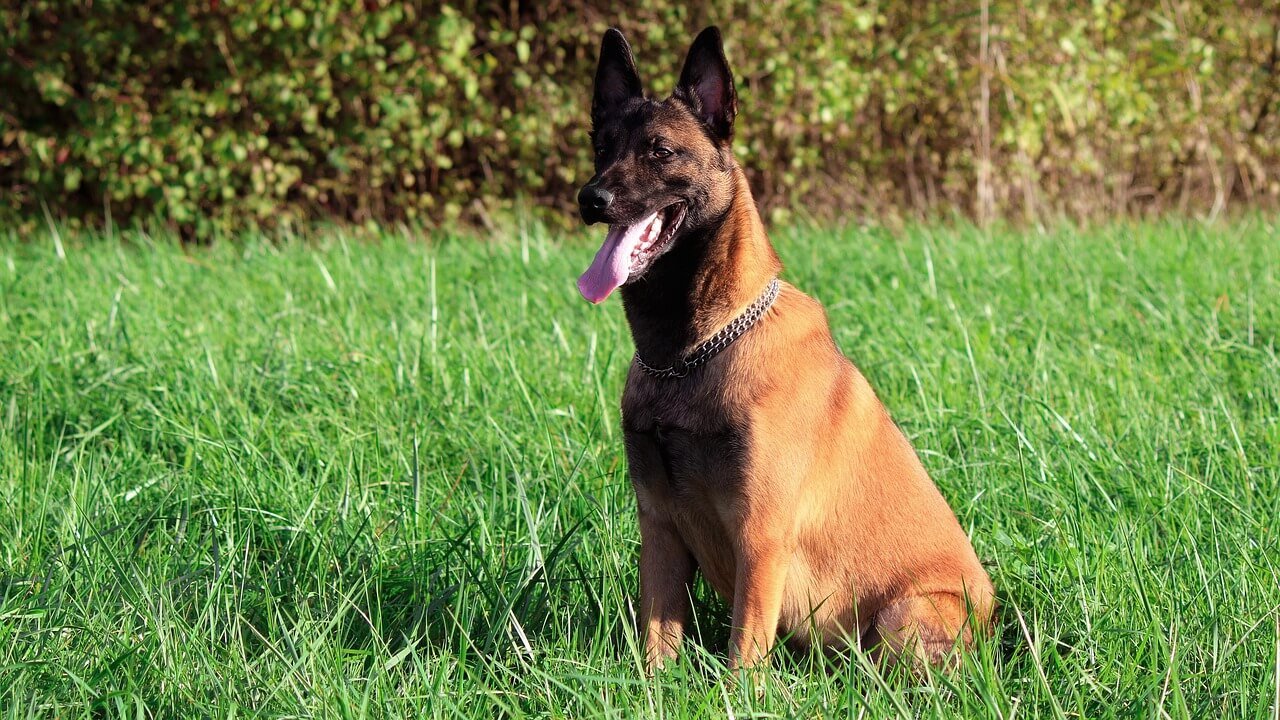Belgian Malinois Bite Force: What You Need to Know
The Belgian Malinois is a remarkable breed known for its intelligence, agility, and unwavering loyalty. Often employed in police and military roles, these dogs are celebrated for their strength and versatility. One frequently discussed aspect of the Belgian Malinois is its bite force—a powerful attribute that underscores their capability as working dogs. But how strong is their bite force exactly? What factors contribute to it, and why does it matter? In this blog post, we’ll explore the science behind the Belgian Malinois bite force, its implications, and how it compares to other breeds. Whether you’re a proud Malinois owner or simply curious about this extraordinary breed, you’ll gain valuable insights into their unique abilities.
Understanding the Belgian Malinois Bite Force
The Belgian Malinois bite force is a topic of fascination among dog enthusiasts and professionals alike. Measured in pounds per square inch (PSI), it reflects the pressure exerted by the dog’s jaw when biting. Here are some key facts about the Belgian Malinois bite force and what makes it so impressive.
Average Bite Force:
The Belgian Malinois has an average bite force of approximately 195 PSI, though some sources suggest it can reach up to 220 PSI under certain conditions.Comparison to Other Breeds:
This bite force is significantly stronger than that of many other breeds, such as Labrador Retrievers (around 125 PSI) but slightly weaker than larger breeds like the Rottweiler (328 PSI).Role in Police and Military Work:
Their strong bite force makes them ideal for apprehension tasks, where they must subdue suspects quickly and effectively.Influence of Genetics:
The Malinois’ bite force is partly due to its genetic predisposition for muscular strength and jaw structure, honed through generations of selective breeding.Training Enhances Control:
While their bite force is naturally strong, proper training ensures they use it responsibly and only when necessary.
Understanding these factors highlights the Belgian Malinois’ exceptional physical capabilities and the importance of responsible ownership.
Factors That Influence the Belgian Malinois Bite Force
Several variables contribute to the Belgian Malinois’ bite force, ranging from genetics to environmental factors. Recognizing these influences helps explain why this breed stands out in terms of jaw strength.
Muscle Development:
The Malinois’ robust jaw muscles play a critical role in generating high PSI levels, supported by their athletic build.Temperament and Instincts:
Their natural drive to protect and defend amplifies their ability to deliver a powerful bite when provoked or commanded.Diet and Nutrition:
A balanced diet rich in protein and essential nutrients supports muscle growth and overall health, indirectly enhancing their bite force.Training Techniques:
Professional training programs focus on bite inhibition and control, ensuring the dog uses its strength appropriately in various scenarios.Age and Health:
Younger, healthier dogs tend to have stronger bite forces, while older dogs may experience a decline due to aging or health issues.
By considering these factors, owners and handlers can better understand and manage the Belgian Malinois’ bite force potential.
Check this guide 👉Dutch Shepherd vs Belgian Malinois: Best 7 Expert Tips!
Check this guide 👉Belgian Malinois Pitbull Mix: Best 7 Expert Tips!
Check this guide 👉Belgian Malinois Husky Mix: Best 7 Expert Tips!

Breed | Average Bite Force (PSI) |
|---|---|
Belgian Malinois | 195 – 220 |
German Shepherd | 238 |
Rottweiler | 328 |
Pit Bull Terrier | 235 |
Labrador Retriever | 125 |
Applications of the Belgian Malinois Bite Force
The Belgian Malinois’ bite force isn’t just a fascinating statistic—it serves practical purposes in various professional fields. Here’s how their powerful jaws are utilized effectively.
Law Enforcement:
Malinois are often deployed in K-9 units to apprehend suspects, using their bite force to immobilize individuals without causing lethal harm.Military Operations:
In combat zones, these dogs assist soldiers by neutralizing threats and securing areas, relying on their bite force for tactical advantage.Search and Rescue Missions:
While not directly related to biting, their strong jaws help carry objects or pull people during rescue operations.Personal Protection:
As guard dogs, Malinois use their bite force to deter intruders and protect their families, making them invaluable companions.Competitive Sports:
In disciplines like Schutzhund or French Ring, their bite force is showcased during controlled exercises that test obedience and precision.
These applications demonstrate the Belgian Malinois’ versatility and the importance of their bite force in real-world scenarios.
Safety Tips for Handling a Belgian Malinois with Strong Bite Force
Owning a Belgian Malinois requires responsibility, especially given their powerful bite force. These tips will help ensure both your safety and the well-being of those around you.
Start Early Training:
Begin socialization and bite inhibition training as a puppy to teach them when and how to use their strength appropriately.Use Positive Reinforcement:
Reward good behavior with treats and praise to reinforce self-control and discourage aggressive tendencies.Supervise Interactions:
Always monitor interactions between your Malinois and strangers, children, or other pets to prevent accidental bites.Provide Mental Stimulation:
Engage their minds with puzzles, games, and tasks to reduce boredom, which can lead to unwanted behaviors.Consult Professionals:
If you’re unsure about handling your dog’s bite force, seek guidance from experienced trainers or behaviorists.
By following these practices, you can enjoy a harmonious relationship with your Belgian Malinois while minimizing risks.
Common Misconceptions About the Belgian Malinois Bite Force
There are several myths surrounding the Belgian Malinois bite force that deserve clarification. Dispelling these misconceptions fosters a better understanding of the breed.
Myth: All Malinois Are Aggressive Biters:
Reality: Properly trained Malinois are highly disciplined and rarely display unprovoked aggression.Myth: Their Bite Force Is Lethal Every Time:
Reality: While strong, their bite force is controlled and used purposefully in specific situations.Myth: Only Working Dogs Have Strong Bites:
Reality: Even pet Malinois possess significant bite force, though it may not be utilized as intensively.Myth: Bite Force Equals Temperament:
Reality: A dog’s personality is shaped more by upbringing than raw physical strength.Myth: Malinois Can’t Be Trusted Around Kids:
Reality: Well-socialized Malinois can coexist peacefully with children when supervised.
Correcting these misconceptions promotes responsible ownership and appreciation for the breed.
Training Techniques to Manage Bite Force Effectively
Proper training is crucial for managing a Belgian Malinois’ bite force. These techniques ensure they use their strength responsibly and safely.
Focus on Bite Inhibition:
Teach your dog to moderate the pressure of their bite during play and interaction.Use Controlled Exercises:
Incorporate tug-of-war games and retrieval tasks to channel their energy constructively.Introduce Commands Early:
Commands like “release” or “out” help stop biting actions promptly and prevent escalation.Simulate Real-World Scenarios:
Practice obedience drills in environments similar to real-life situations where biting might occur.Reward Calm Behavior:
Encourage relaxation and non-aggressive responses with consistent positive reinforcement.
Effective training builds trust and ensures your Malinois remains a reliable partner.
Health Considerations Related to Bite Force in Belgian Malinois
A strong bite force also ties into the overall health and wellness of the Belgian Malinois. Monitoring these aspects ensures their longevity and vitality.
Dental Health:
Regular dental check-ups prevent tooth decay and gum disease, maintaining optimal jaw function.Muscle Maintenance:
Adequate exercise keeps jaw muscles strong without overexertion, reducing the risk of injury.Joint Support:
Healthy joints are essential for supporting the powerful movements required for effective biting.Nutritional Balance:
A diet rich in calcium and protein supports bone density and muscle development, indirectly boosting bite force.Regular Vet Visits:
Routine veterinary care identifies underlying issues that could affect jaw strength or overall health.
Paying attention to these factors ensures your Belgian Malinois stays healthy and performs at their best.
Frequently Asked Questions About Belgian Malinois Bite Force
Is the Belgian Malinois bite force dangerous?
While their bite force is strong, it’s not inherently dangerous if the dog is well-trained and managed responsibly.
How does their bite force compare to humans?
The human bite force averages around 120-140 PSI, making the Malinois’ bite significantly stronger.
Can a Belgian Malinois kill with its bite?
Yes, their bite force could potentially cause serious harm, but trained Malinois are taught to control their aggression.
Are Belgian Malinois aggressive by nature?
No, they are not inherently aggressive; their behavior depends on training, socialization, and environment.
What should I do if my Malinois bites someone?
Address the incident immediately, consult a professional trainer, and take steps to prevent future occurrences.
Harnessing the Power of the Belgian Malinois Bite Force
The Belgian Malinois’ bite force is a testament to their incredible strength, intelligence, and adaptability. Whether serving in law enforcement, protecting families, or excelling in competitive sports, these dogs prove time and again why they are among the most respected breeds worldwide. However, with great power comes great responsibility. Owners must prioritize proper training, socialization, and care to ensure their Malinois uses its abilities safely and effectively. By understanding and respecting their bite force, you can fully appreciate the unique qualities that make the Belgian Malinois such an extraordinary companion.
Cat Fever Treatment: Best 7 Expert Tips! Discover expert advice on identifying, managing, and treating fever in cats to ensure their quick recovery and well-being.
Understanding Meloxicam for Cats: Best 7 Expert Tips! Learn how to safely administer meloxicam, manage side effects, and ensure your cat's comfort with expert advice on feline pain relief.
Amoxicillin for Cat UTI: Best 7 Expert Tips! Discover safe usage, dosage guidelines, and expert advice on treating feline urinary tract infections effectively with amoxicillin.
Understanding Cat Cancer Treatment: Best 7 Expert Tips! Discover expert advice on managing feline cancer, from early detection to treatment options, ensuring your cat’s health and comfort.





